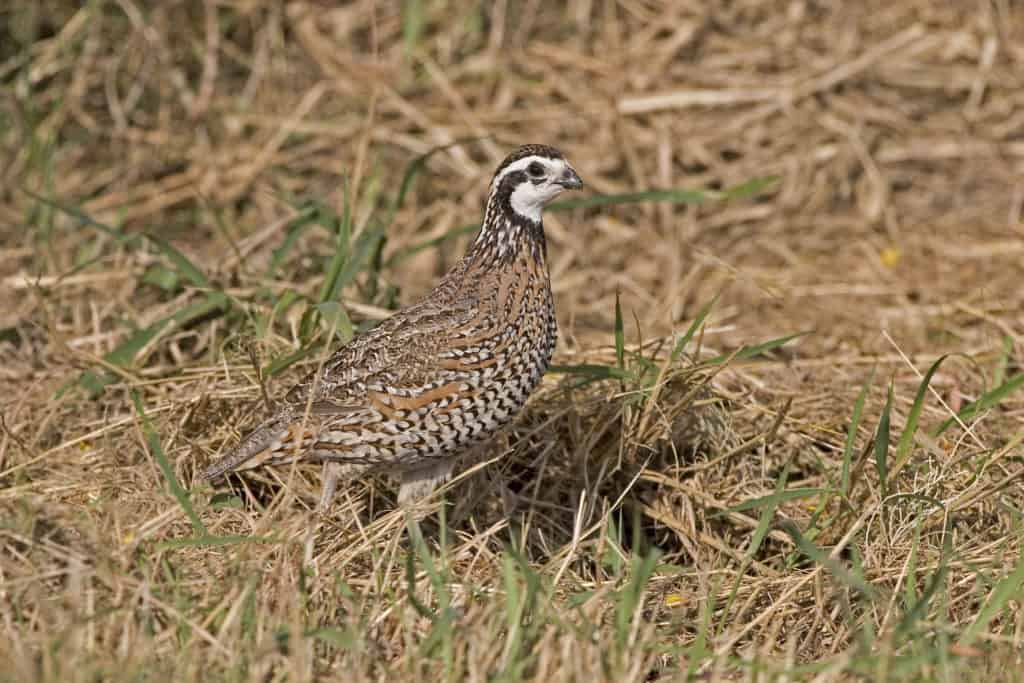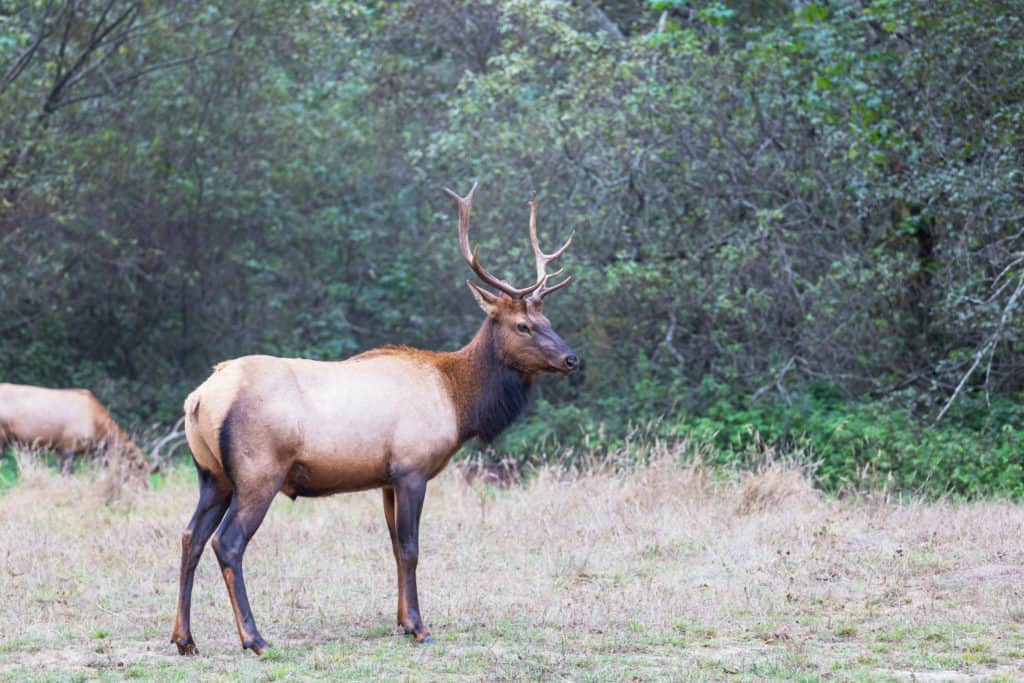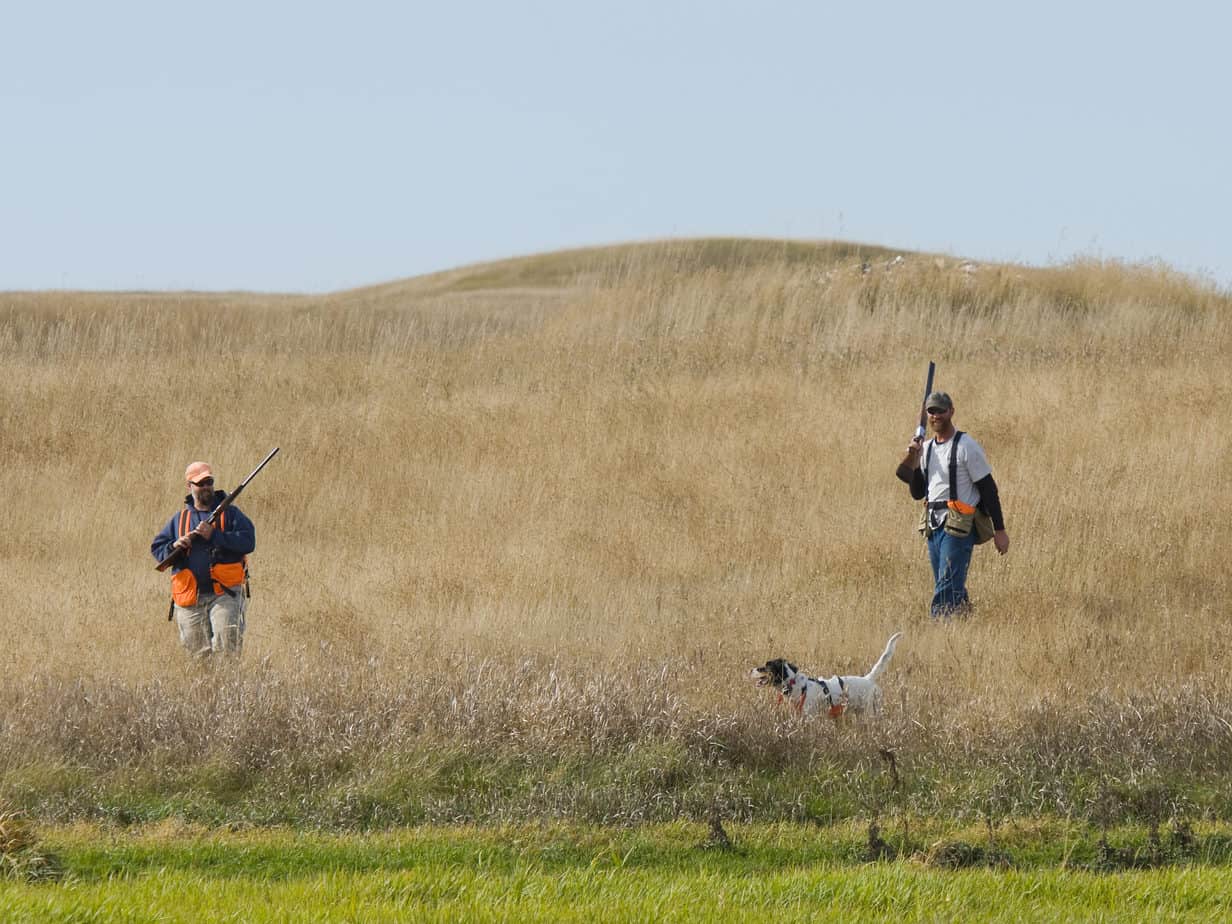As urban sprawl accelerates and our world becomes more and more encompassed by technology, the notion of hunting is becoming more appealing as an escape from the modern hustle-and-bustle of daily life.
People who grew up within America’s hunting tradition are still engaged, to be sure. However, the rapid disappearance of public lands has encroached on available options to both veterans and newcomers.
Hunting preserves offer a unique solution to this problem by opening up land for public access. This land is licensed as a hunting preserve, and for a fee allows access for hunting.
Hunting preserves come in many different forms and offer experiences for hunting many different kinds of game.
Anatomy of Hunting Preserves
Hunting preserves offer opportunities for hunters where a more natural experience is implausible. However, there is some contention surrounding the notion of hunting preserves.
Philosophically, many hunters object to the notion of a “controlled” hunting preserve, claiming that it eliminates the principle of fair-chase and is unsportsmanlike.
This is especially true for big game hunting preserves, which are often operated using high fences to corral game animals and keep them on a specific tract of land.
Moreover, upland game hunters have also voiced concern about the entire notion of hunting pen-raised birds, as these birds only superficially imitate wild birds, and compromise any nearby population of native birds by interbreeding and damaging the gene pool.
Nevertheless, hunting preserves remain popular and profitable despite these objections. They still offer up a comparable experience that many argue is much better than the alternative of having nothing at all, and it raises interest and awareness from those who may not normally have been introduced to the outdoor lifestyle.
It also offers gun dog enthusiasts opportunities to supplement their dog work, giving their dogs more bird contact and sharpening their skills.
Small Game Preserves

Hunting preserves tailored to small game hunters are exploding all across the country, especially in areas like the Midwest where native game bird opportunities such as quail and grouse have gone into drastic decline over the past few decades.
Most often set up on plots of at least a few hundred acres, these small game preserves are designed to give the hunter every impression that he is hunting natural habitat for native birds.
The cover usually consists of large plots of prairie grass such as switchgrass and cattail sloughs. There will also often be sections of rotated crops such as sunflower, corn, sorghum, and millet.
Often, the land manager will leave in areas of thick cover used for windbreaks or leave in fencerows covered in briar thickets and other small canopy covers.
The most popular upland birds that are chased in these types of operations are Bobwhite Quail, Chukar, and Ring-Necked Pheasants. One advantage is that all of these game birds tend to flourish in similar cover.
Depending on how large the preserve is, the inventory of birds may be kept in a pen and “planted” prior to a hunt, or the birds are allowed to roam the area “free-range” style.
This lets the birds more naturally wander the area as wild birds would, and the area may be re-stocked every couple of weeks as birds are harvested or wander off the property.
These preserves are typically marketed toward upland game hunters who may or may not own their own hunting dogs. Although a hunter’s own dogs are welcomed, these preserves often offer their own guide services which also include dog work.
This is usually charged at an hourly fee. Birds are usually charged on a per-head basis. However, purchasing the birds does not guarantee that the bird is harvested.
For example, if your hunting party purchases 10 birds for a 2-hour hunt, and you only harvest six, you are still charged for the ten birds.
Many guide services also offer the perk of being able to clean and cook your harvest for a fee as well, offering the experience of the hunt without all the messiness that comes along with it.
Big Game Preserves

Like small game preserves, big game preserves offer many the experience of hunting big game such as deer or buffalo, or if in Africa, even elephant, leopards, or lions.
In Africa, big game preserve revenue is often tied intimately to conservation, where money earned from hunting and harvesting goes toward habitat development and offers revenue to fund local communities.
In North America, however, the explosion of the deer and elk farming markets have given farmers and landowners extra incentive to offer “high-wire or high-fence” type hunts to the public as part of their farming operation.
This has come under fire for being perceived as a “canned-hunt” far divorced from the natural challenges of hunting. However, the reasons for their growing popularity are numerous, ranging from the shortened length of hunting seasons to intense hunting pressure on other public lands drying up opportunities for those who have limited availability.
Big game preserves may utilize high-fences, but they are designed to give the hunter at least the impression of a fair chase experience. Habitat in these operations is often excellent, with the property managed pristinely for the flourishing of the game you’re after.
In Whitetail operations, for example, It is not uncommon to find food-plots full of clover, soybeans, corn, and other big game delicacies. Tree-stands and blinds are also usually optimized for maximum comfort, giving the hunter a truly first-class experience that they would struggle to find anywhere else.
Moreover, as these areas are often so pristinely managed, the deer are often noticeably much larger, offering the hunter a trophy-chasing experience of a lifetime that would be a very difficult task in fair-chase hunting. These advantages alone are enough to draw even the most adamant city-slicker into the wild for an outdoor experience.
Despite the objections to high-fence hunting, big game preserves also offer some perks of the trade-offs are appealing to consumers. For starters, it greatly increases the odds of success and game recovery.
Although generally much more expensive than a traditional hunting excursion, the chances that you’ll connect and recover your game is much greater.
Furthermore, it can be great for a local economy, which will see spikes in local business revenue due to tourists who come from far and wide to hunt on preserves.
Finally, the lodging aspects also appeal to a certain type of hunter who wants the whole package experience of boarding, dinners, and meat processing without having to put thousands of miles on their vehicle for a week-long hunting expedition.
Many of these places offer the ability to park their vehicle and not have to drive again until they leave. For many people who have impairments that do not allow them to pursue big game in other ways, this can be a very appealing alternative.
Conclusion
Hunting preserves may have emerged as a lighting-rod issue within the hunting community in recent years. However, recent trends have indicated that it is unlikely for game preserves to go the way of the buffalo any time soon.
With cities growing, it is just as likely that we will continue to see an intense surge in popularity for hunting preserves. It may be that the hunting preserve will continue to evolve to meet the needs of outdoor enthusiasts everywhere.

